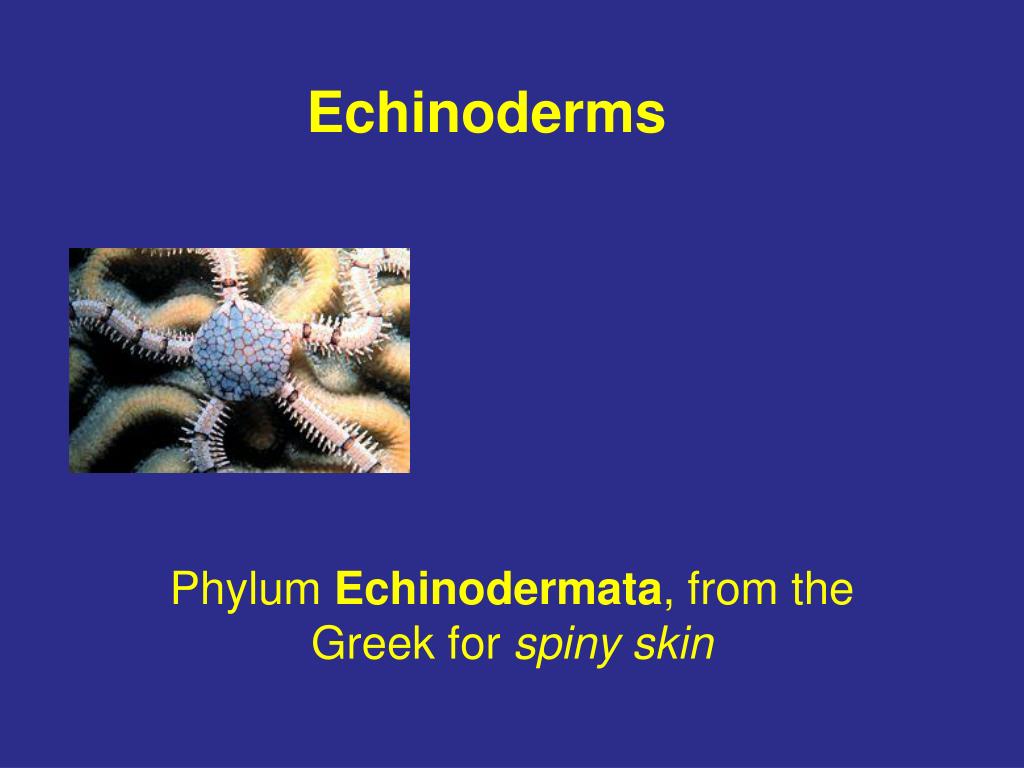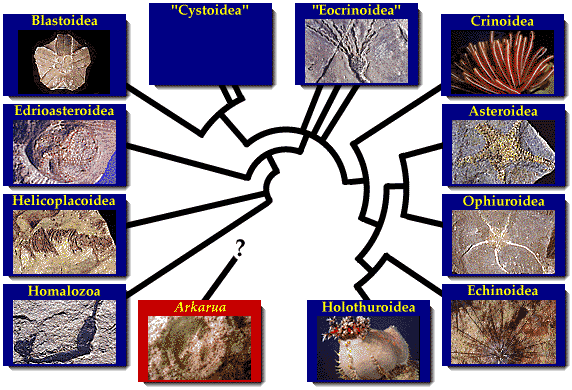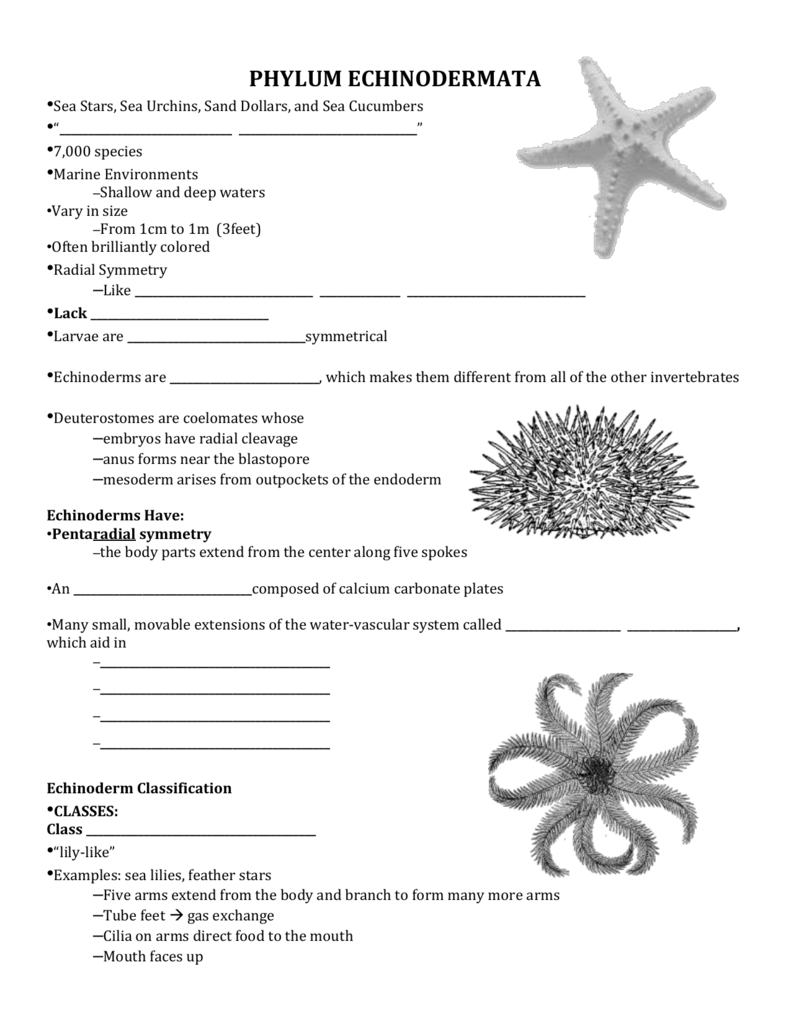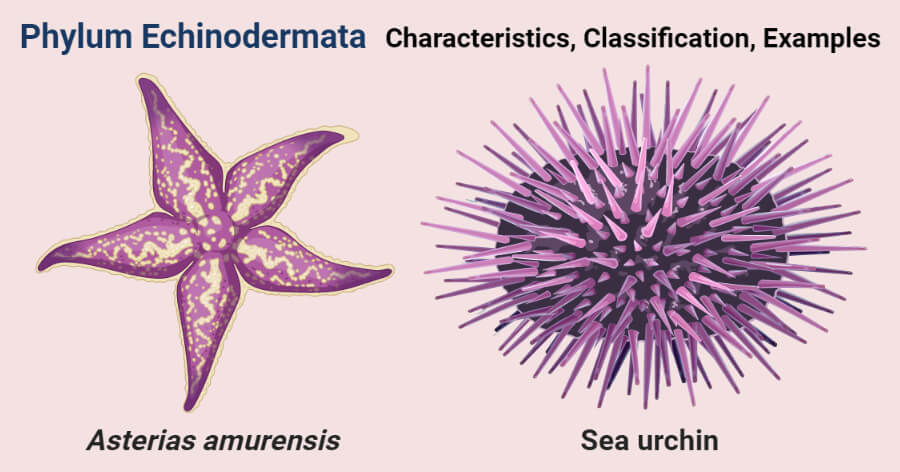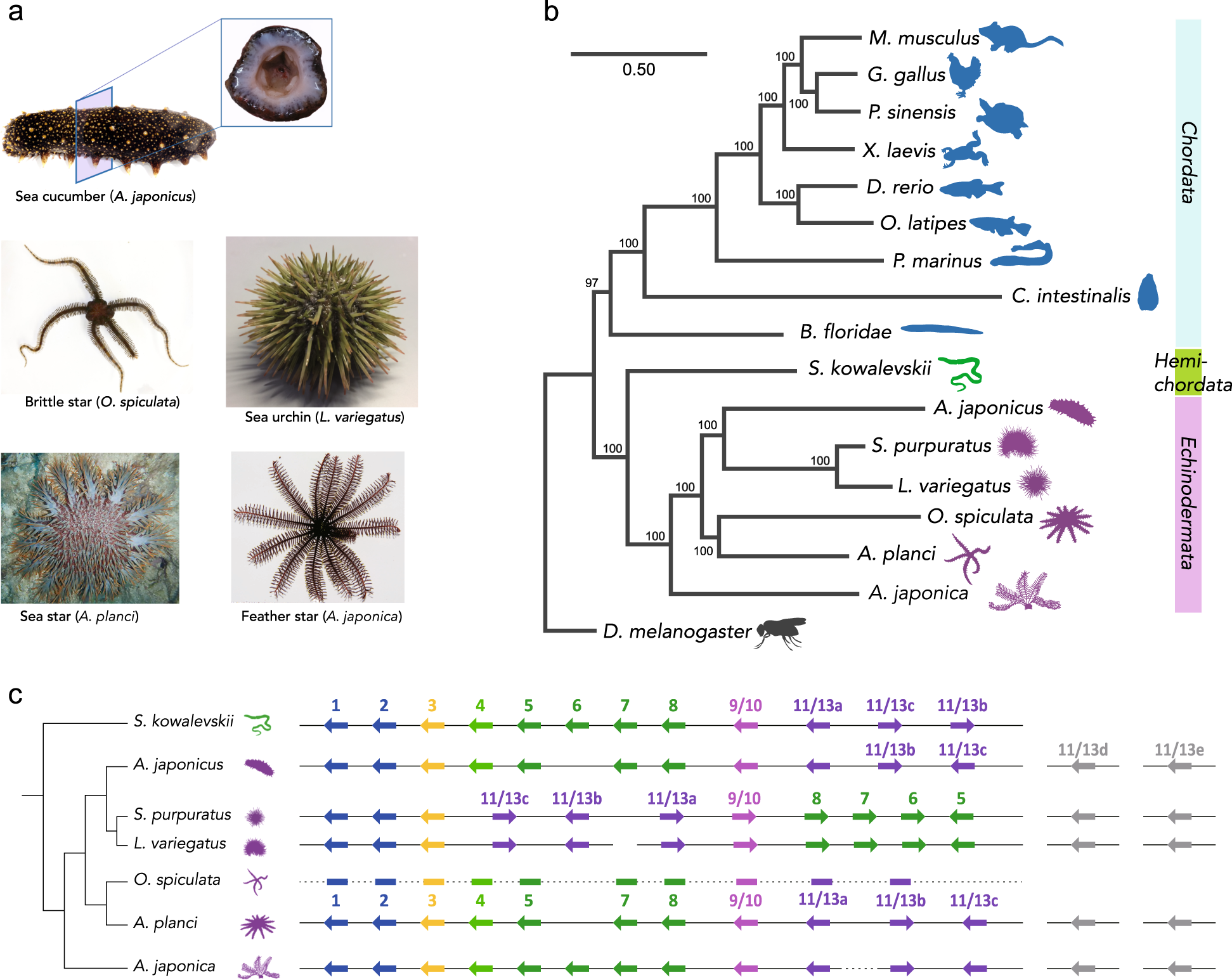Echinoderms are a group of marine invertebrates that include starfish, sea urchins, and sea cucumbers. These animals are characterized by their radial symmetry, spiny skin, and unique water vascular system, which allows them to move and feed. There are five classes of echinoderms: Asteroidea (starfish), Ophiuroidea (brittle stars), Echinoidea (sea urchins), Holothuroidea (sea cucumbers), and Crinoidea (sea lilies and feather stars).
Asteroidea, or starfish, are perhaps the most well-known echinoderms. They are characterized by their five-armed symmetry and their ability to regenerate lost arms. Starfish are found in a variety of habitats, including shallow coral reefs, deep sea trenches, and muddy seabeds. They are predatory animals, feeding on mollusks, barnacles, and other small invertebrates.
Ophiuroidea, or brittle stars, are closely related to starfish, but they have longer, more flexible arms and a central disc that is not as rigid as that of a starfish. Brittle stars are found in a variety of habitats, including shallow coral reefs and deep sea trenches. They are generally nocturnal animals, feeding on small invertebrates and detritus.
Echinoidea, or sea urchins, are round, spiny animals that are found in shallow waters around the world. Sea urchins have a hard, spiky exoskeleton that protects them from predators, and they are capable of moving using their spines and tube feet. They are herbivorous animals, feeding on algae and other plant material.
Holothuroidea, or sea cucumbers, are elongated, worm-like echinoderms that are found in shallow and deep waters around the world. Sea cucumbers are generally slow-moving animals that feed on small particles of detritus and algae. They are known for their ability to eject their internal organs as a defense mechanism when threatened.
Crinoidea, or sea lilies and feather stars, are echinoderms that are found in shallow waters around the world. They are characterized by their long, delicate arms and their ability to move using their tube feet. Sea lilies are sessile animals, attaching themselves to the sea floor, while feather stars are free-swimming. Both sea lilies and feather stars are filter feeders, using their arms to capture small particles of food from the water.
In conclusion, echinoderms are a diverse group of marine invertebrates that include starfish, sea urchins, sea cucumbers, sea lilies, and feather stars. These animals are characterized by their radial symmetry, spiny skin, and unique water vascular system, and they can be found in a variety of habitats around the world.
